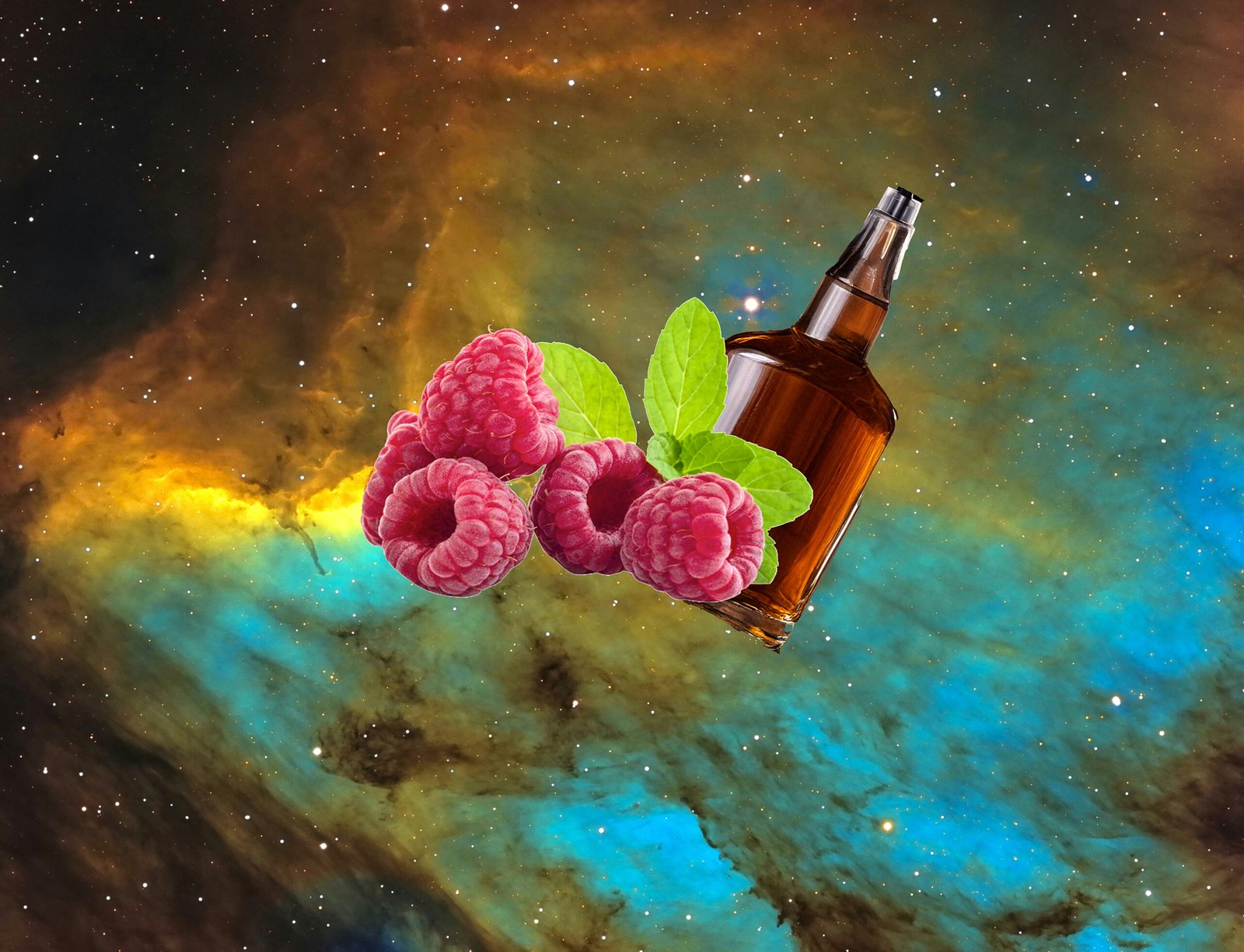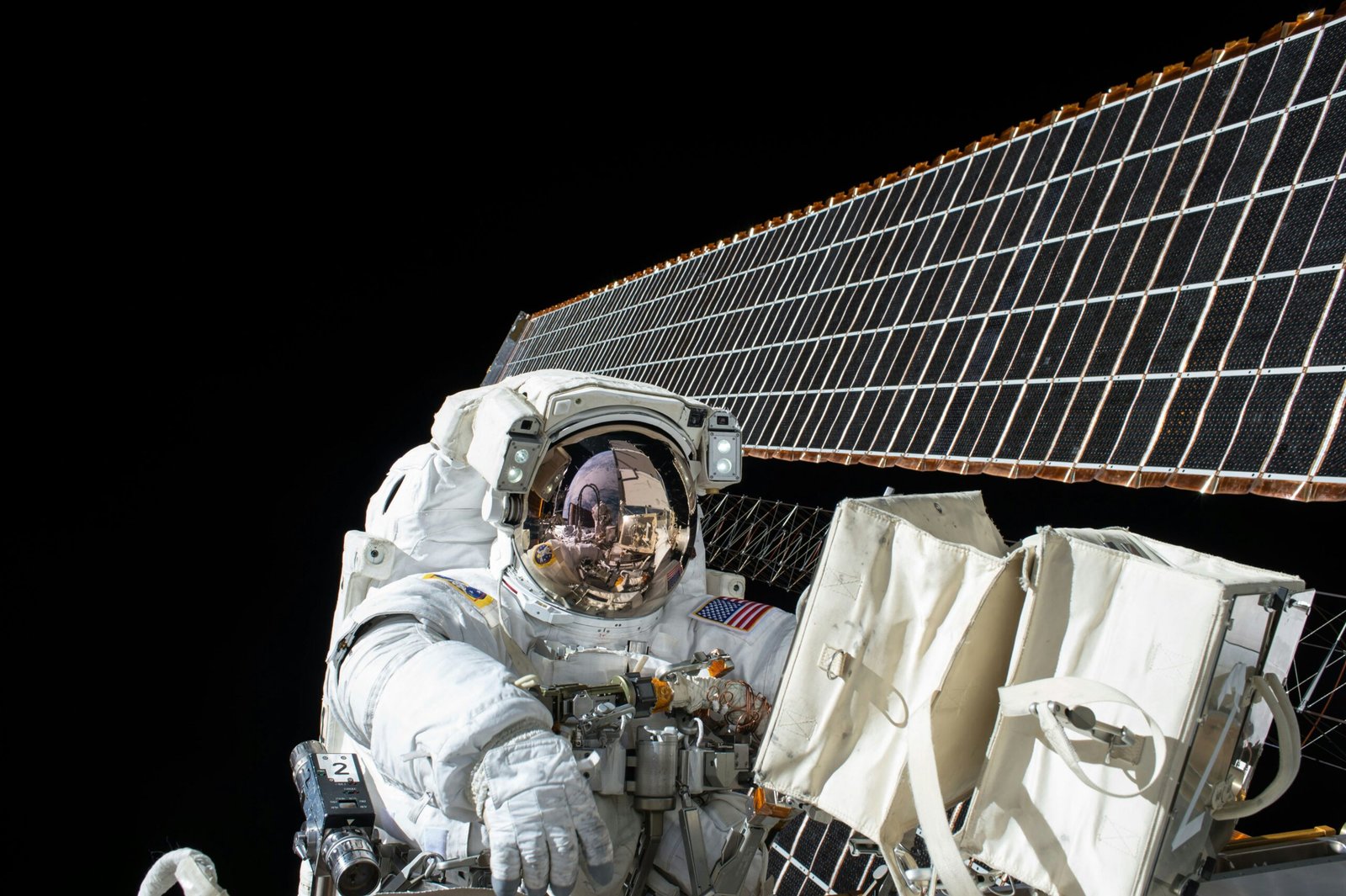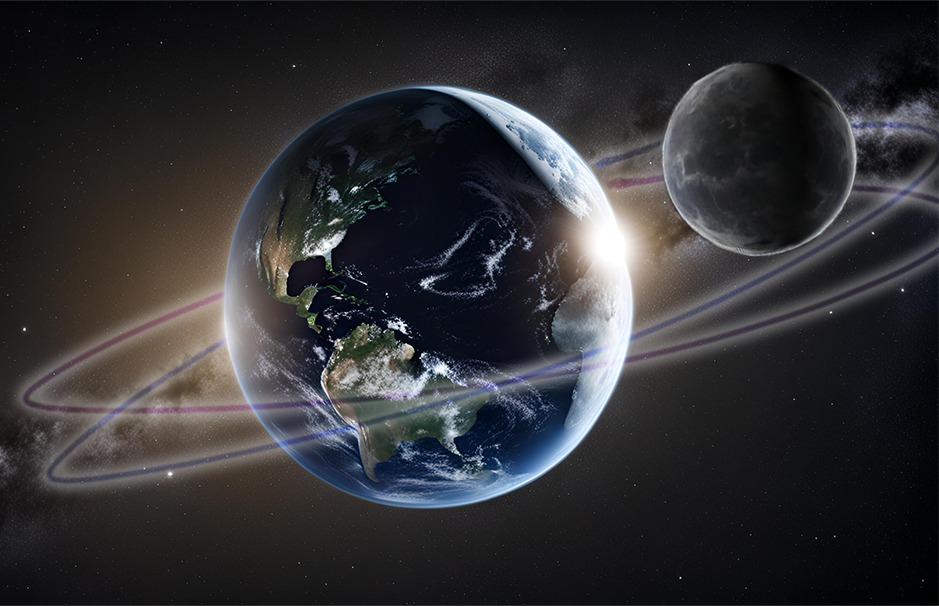
The Galactic Raspberry: Ethyl Formate
The molecule responsible for the raspberry-like scent is ethyl formate, a simple ester that plays a significant role in everyday life on Earth. Ethyl formate is a natural compound found in raspberries, giving them their characteristic fruity aroma. It’s also present in rum, contributing to its distinct flavor.
In 2009, scientists used radio telescopes to identify ethyl formate in Sagittarius B2. This discovery was made possible by analyzing the cloud’s spectral fingerprints—the specific wavelengths of light absorbed or emitted by molecules. Each molecule has a unique pattern, much like a barcode, allowing researchers to determine its presence even from light-years away.
But how does ethyl formate end up in space? The answer lies in the complex chemistry of interstellar dust grains. These microscopic particles act as surfaces where atoms and simple molecules combine to form more complex compounds. Cosmic rays and ultraviolet radiation provide the energy needed to drive these reactions, producing molecules like ethyl formate in the process.
Sagittarius B2: A Treasure Trove of Molecules
Ethyl formate is just one of the many fascinating compounds found in Sagittarius B2. This enormous molecular cloud is one of the richest sources of organic molecules in the galaxy, containing an astonishing variety of compounds—some of which are crucial for life as we know it. Let’s explore some of the most interesting molecules found there:
1. Amino Acetonitrile
Amino acetonitrile is a precursor to amino acids, the building blocks of proteins. Proteins are essential for life, as they perform countless functions in cells, from catalyzing chemical reactions to providing structural support. The discovery of amino acetonitrile in Sagittarius B2 suggests that the basic ingredients for life might be widespread in the universe.
2. Formamide
Formamide is another molecule of interest due to its potential role in prebiotic chemistry. It is thought to be involved in the synthesis of nucleic acids like RNA and DNA, which carry genetic information in living organisms. Finding formamide in space provides a tantalizing clue about how life’s chemical precursors might form in extraterrestrial environments.
3. Propylene Oxide
In 2016, scientists identified propylene oxide in Sagittarius B2. This molecule is notable because it is the first chiral molecule detected in space. Chirality refers to a property of molecules where they exist in two mirror-image forms, much like left and right hands. Chirality is a key feature of biological molecules, making this discovery particularly exciting for astrobiology.
4. Alcohols
Alcohols such as methanol and ethanol are abundant in Sagittarius B2. These simple organic molecules serve as starting materials for more complex chemical reactions. Their presence indicates that organic chemistry is thriving even in the harsh conditions of space.
5. Glycolaldehyde
Glycolaldehyde is a simple sugar and a building block for more complex carbohydrates. Sugars are essential for life because they provide energy and serve as structural components in cells. The detection of glycolaldehyde in Sagittarius B2 strengthens the case for the natural formation of life’s essential ingredients in interstellar environments.

The Smell of Space in Our Solar System
Interestingly, astronauts have reported a distinct smell in space itself—a phenomenon often described as resembling burnt meat, seared steak, or welding fumes. This “space smell” is thought to be caused by high-energy particles and ozone reacting with materials on spacesuits and spacecraft upon returning from the vacuum of space. These reactions create volatile compounds that mimic these distinctive scents, giving us another sensory connection to the cosmos.
The smell is thought to occur because of the intense environment astronauts are exposed to outside the spacecraft. When they return to the airlock, their suits carry trace amounts of particles that have undergone oxidation reactions due to exposure to atomic oxygen in low Earth orbit. This atomic oxygen, combined with the material of the suits and even traces of space dust, leads to the production of complex organic compounds. These volatile compounds are released when astronauts remove their suits, creating the burnt or metallic aroma often described. giving us another sensory connection to the cosmos.
Why Does This Matter?
The discovery of these molecules in Sagittarius B2 is more than just a curiosity; it has profound implications for our understanding of the universe. Here are some reasons why these findings are so important:
1. Clues About the Origins of Life
The presence of complex organic molecules in space supports the idea that the building blocks of life could form naturally in interstellar environments. These molecules could be delivered to planets via comets and asteroids, seeding them with the raw materials needed for life to emerge.
2. Understanding Cosmic Chemistry
By studying molecular clouds like Sagittarius B2, scientists can learn more about the chemical processes that occur in space. This knowledge helps us understand how stars and planets form and how organic chemistry evolves in different environments.
3. The Search for Extraterrestrial Life
If complex organic molecules are common in the universe, it increases the likelihood that life exists elsewhere. The discoveries in Sagittarius B2 provide a roadmap for what to look for in the search for habitable planets and extraterrestrial life.

A New Perspective on the Universe
The idea that the center of our galaxy “smells” like raspberries and rum might seem whimsical, but it’s a powerful reminder of the richness and complexity of the cosmos. Molecular clouds like Sagittarius B2 are not just cold, dark regions of space; they are dynamic laboratories where chemistry thrives under extreme conditions.
As technology advances, we will undoubtedly uncover even more fascinating molecules in the depths of space. Each discovery brings us closer to answering some of humanity’s most profound questions: Where did we come from? Are we alone in the universe? And what else might be out there, waiting to be found?
For now, we can take comfort in the knowledge that even the vastness of space holds familiar touches—like the sweet scent of raspberries and the warmth of rum—reminding us of our deep connection to the cosmos.






